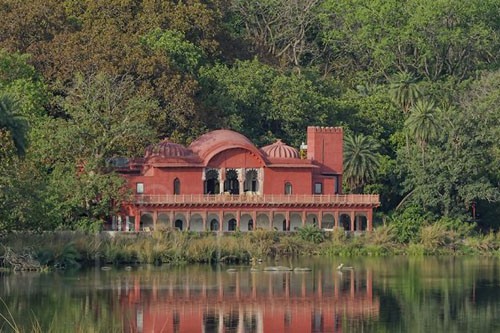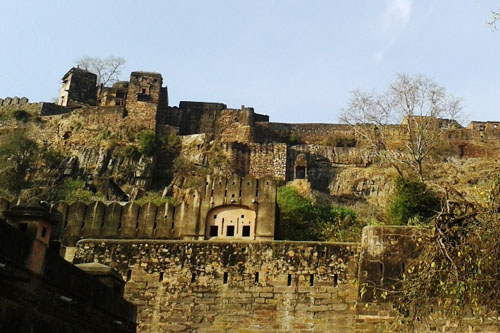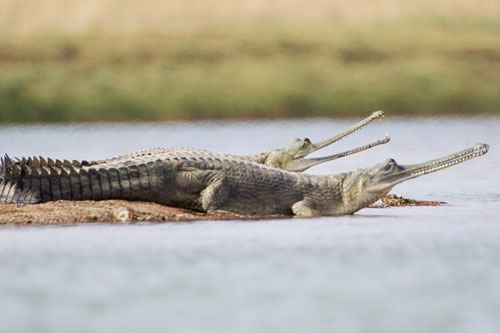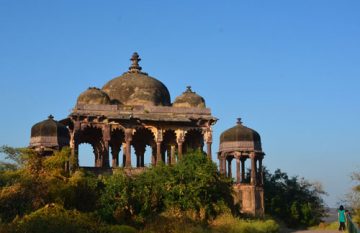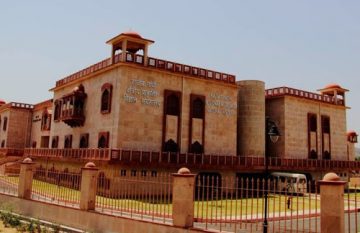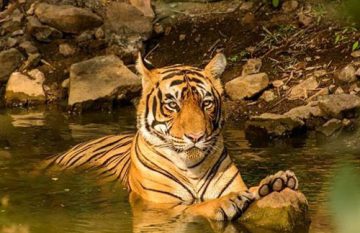Ranthambore National Park
Ranthambore National park is known for its large tiger population and is one of the best places to see these majestic beasts in their natural environment. Tigers are easily spotted during the daytime. The best time for tiger sightings at Ranthambore National Park is from November till May. The park’s deciduous forests, mainly consists of Acacia trees. Other major wild animals include leopard, nilgai, wild boar, sambar, hyena, sloth bear and chital. The sanctuary is home to a wide variety of trees, plants, birds and reptiles, as well as one of the largest banyan trees in India.
In 2005, there were only 26 tigers in the park. This was significantly lower than the recorded tiger population of the reserve in 1982, which was 44. According to non-government sources there were 34 adult tigers in the Ranthambore National Park in 2008, and more than 14 cubs. This increase was attributed largely to sustained efforts by forest officials to curb poaching. Villagers in the region were being given incentives to stay out of the park, and surveillance cameras were also fitted across the reserve
Ranthambore National Park was established as the Sawai Madhopur Game Sanctuary in 1955 by the Government of India, and was declared one of the Project Tiger reserves in 1973. Ranthambore became a national park in 1980. In 1984, the adjacent forests were declared the Sawai Man Singh Sanctuary and Keladevi Sanctuary, and in 1991 the tiger reserve was enlarged to include Sawai Man Singh and Keladevi sanctuaries.

